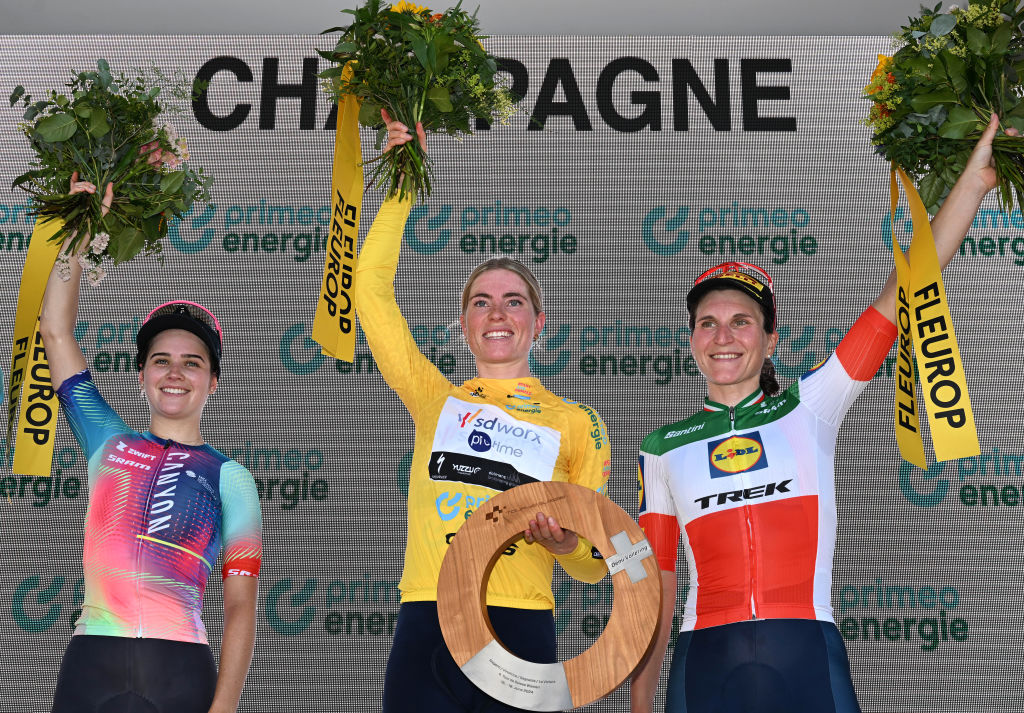;)
Shepherd’s Rock is one of two Pete Dye designs at Nemacolin.
Courtesy
As you may have gathered from Thursday’s opening round at the U.S. Open, Oakmont isn’t hit-and-giggle golf. It also isn’t open to the public. But the surrounding region is fertile ground for less sadistic courses that anyone can access.
Here are six spots to play for pleasure in the Pittsburgh area while the field at Oakmont endures four days of pain.
Nemacolin
Pittsburgh is steel country, but the late Joseph Hardy built his fortune in wood, and 84 Lumber is the juggernaut he founded. With riches from that business he went on to establish a fanciful, refined retreat along the western reaches of the Appalachian mountains, roughly 90 minutes from the Pittsburgh airport. Off-course attractions include a wild animal park, an aviation and vintage car museum, monster-trucking and a museum-worthy art collection boasting Warhols and the like. For golfers, the draw lies in two Pete Dye designs. The first, Mystic Rock, a former host of the PGA Tour’s 88 Lumber Classic, stretches some 7,500 yards from the tips, so it can mete out punishment if that’s how you want to play it. From gentler tees, though, it’s far more easy-going, with ample landing areas and greens that make great entertainment, particularly when cut with resort-friendly pins. Mystic Rock’s sibling, Shepherd’s Rock, which Dye collaborated on with Tom Liddy, was the final course of the famed architect’s long career, and you get the sense he had fun with it, from the minefield of bunkers he laid across the grounds to the Tilt-a-Whirl greens he shaped as targets. High points on the property afford sweet mountain vistas and the closing stretch is pure eye candy, capped by a waterfall-backed 18th.
Olde Stonewall Golf Club
True to its name, this bucolic course, on rolling land north of the city, is ornamented by striking stone slabs, lining tees and fairways, ringing water hazards. By turns strategic and aesthetic, they were thoughtfully left behind by the architects Michael Hurdzan and Dana Fry, whose layout cuts a sylvan path that sits sweetly in its woodsy surrounds.
Totteridge Golf Course
The foothills of the Appalachian mountains are a long way from the ocean, but the 18-holes here have the look of a links without the water: rustic and open, with expansive views and generous targets. Though birdies don’t come easy, it’s hard to lose a ball.
;)
Courtesy Photo
Foxburg Golf Course
The roots of the game run deep at Foxburg, a charming nine-holer that is said to be the longest continually operating golf course in the United States. In keeping with that history, the clubhouse is home to the American Golf of Fame, an impressive display of antique clubs and other artifacts dating as far back as the 1800s. The course itself is a time capsule, too, with bouncy turf, small push-up greens and concrete basins on one tee box filled with sand and water. Grab a handful of that sand, moisten it with water — and presto — you’ve got yourself a DIY tee.
Buhl Park
Like Henry C. Fownes, who founded Oakmont, Frank Buhl made a mint in the steel industry. Also like Fownes, he left his mark on golf. Not by building a private club but by funding a golf course in perpetuity. Thanks to that endowment, the nine-hole layout that bears Buhl’s name — a pretty, tree-lined track that’s as pleasant a walk as any around — operates as a public gift: there are no greens fees. Everyone is invited to play for free.
Bob O’Connor Golf Course
Home to the First Tee Pittsburgh and a teaching center named for Arnold Palmer, Bob O’Connor is the people’s course — situated within the city limits and imbued with a come-one, come-all atmosphere. Green fees max out at $16, and a three-hole Palmer Loop can be played for an hourly rate.
“>













